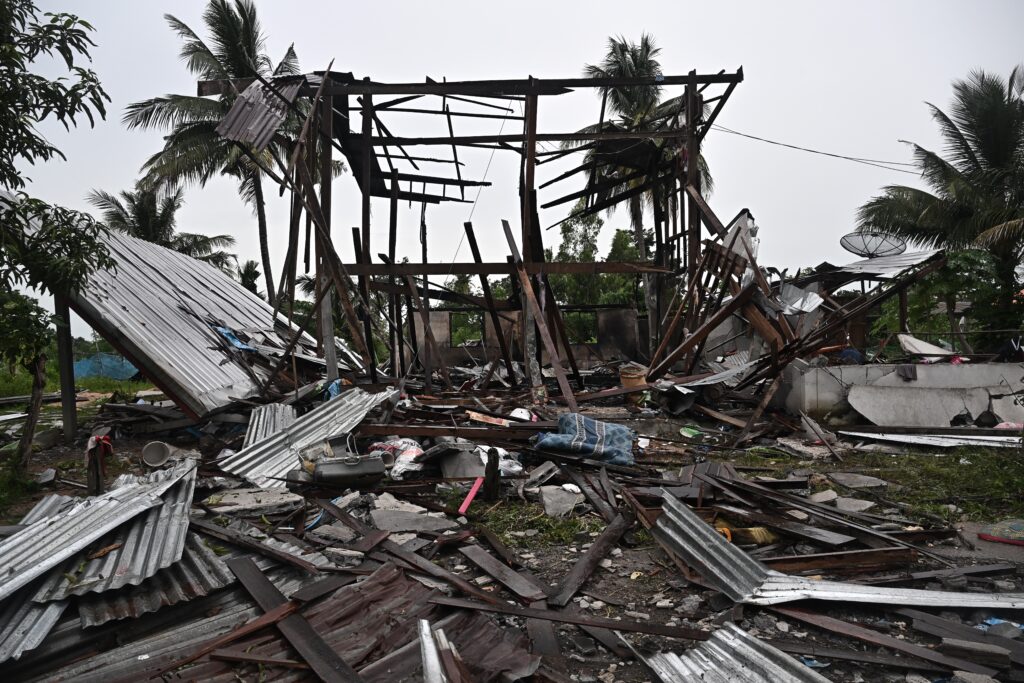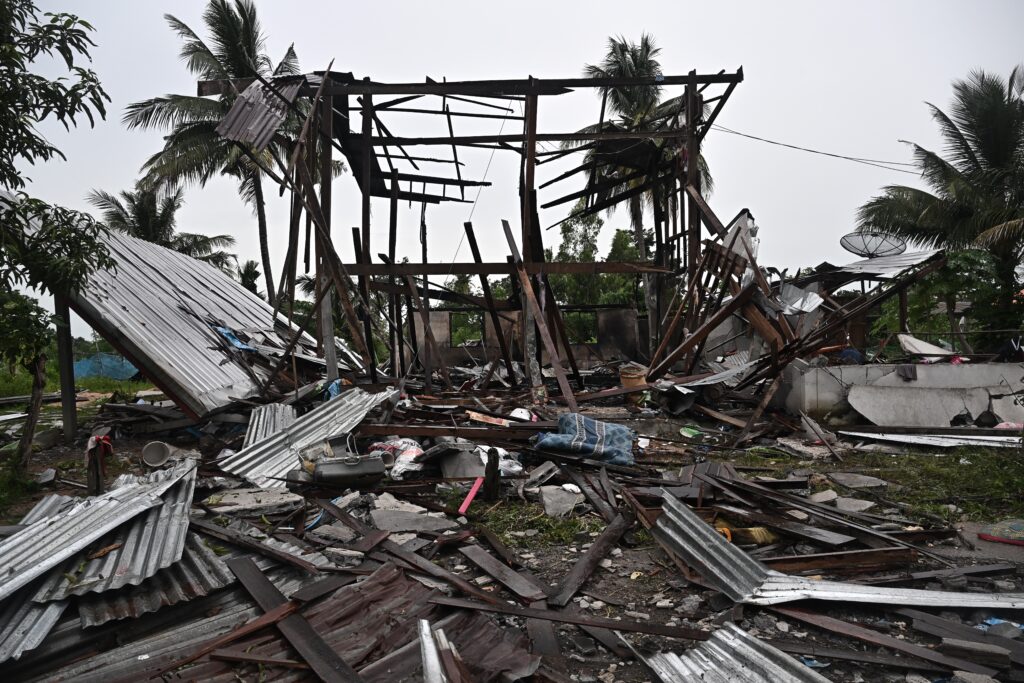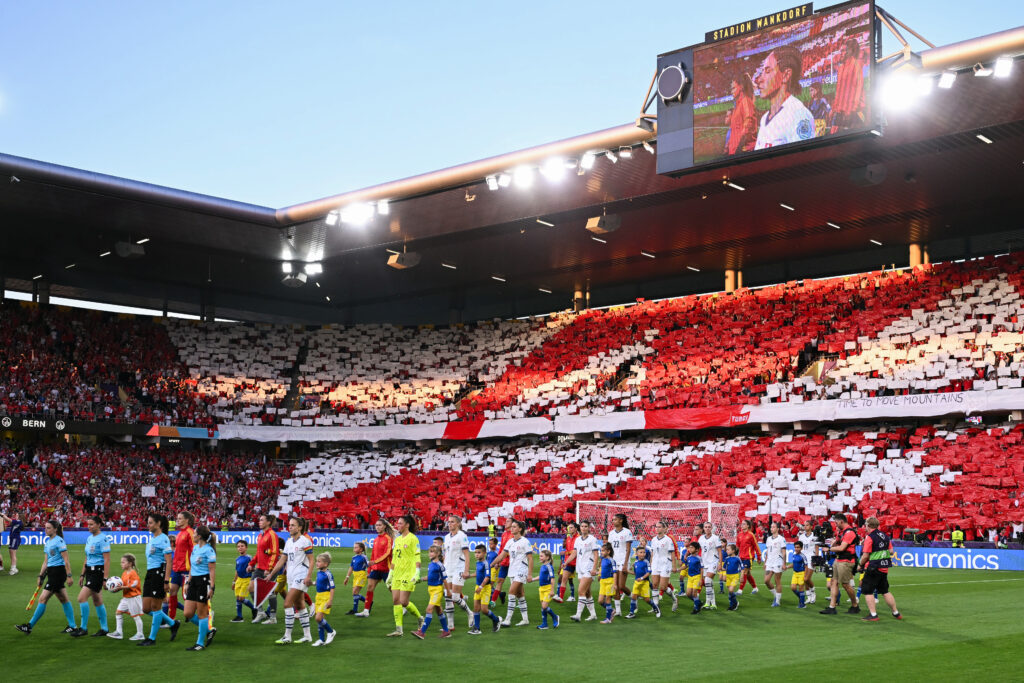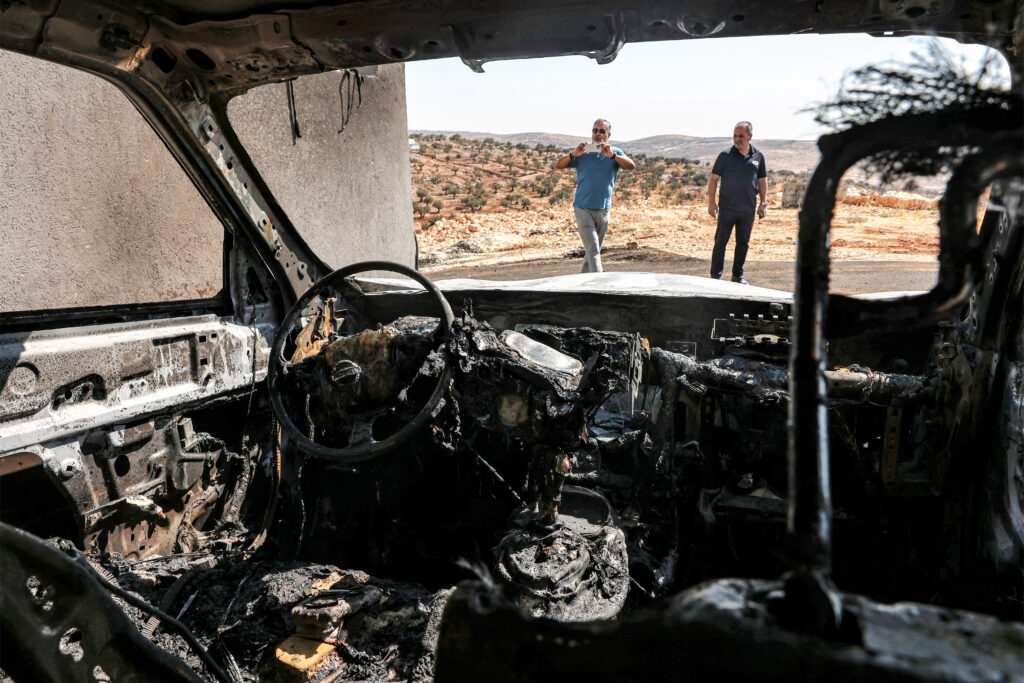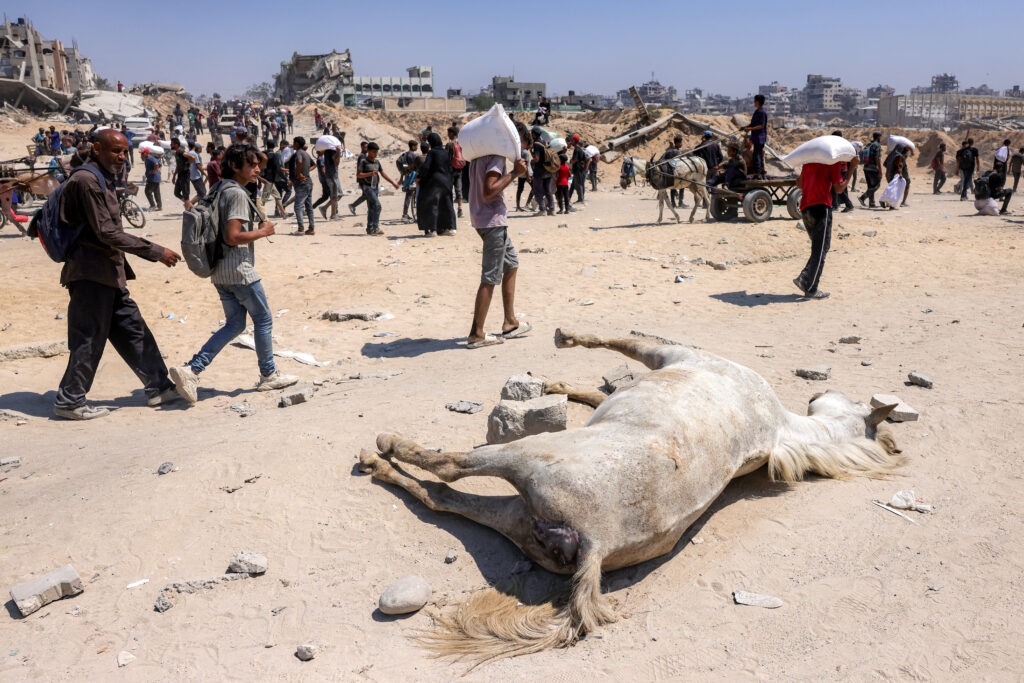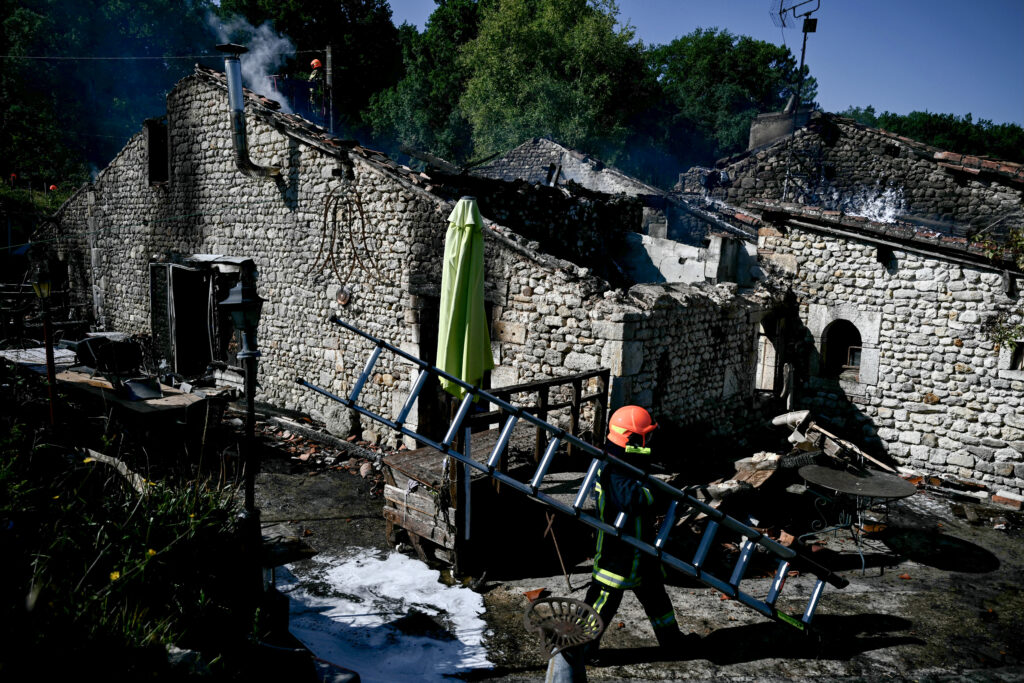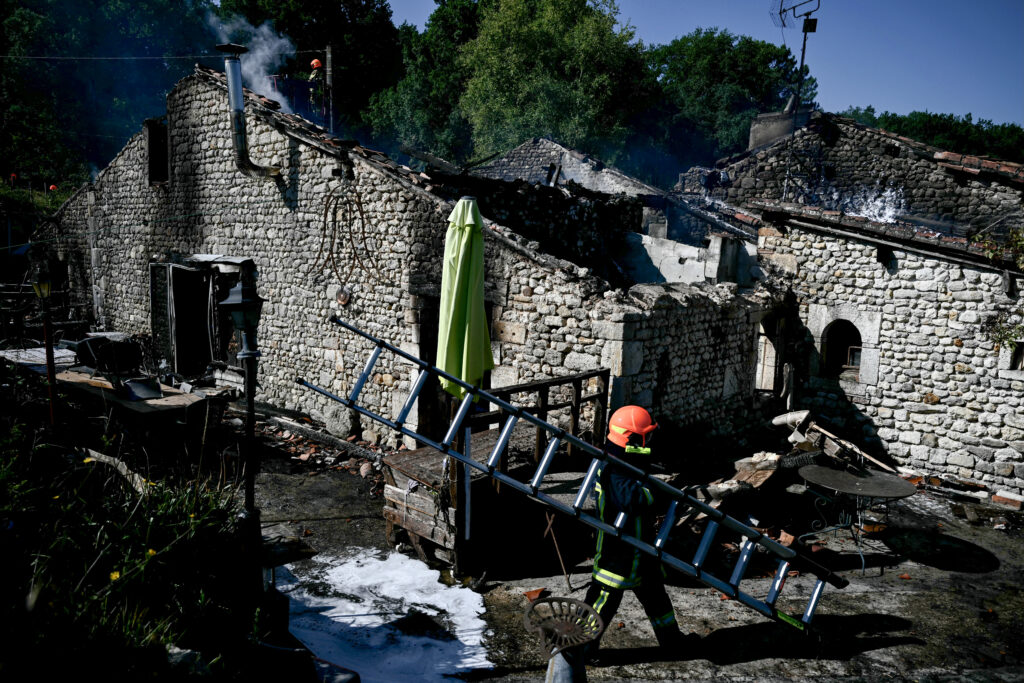Cambodge-Thaïlande: cessez-le-feu “inconditionnel” au cinquième jour des combats
La Thaïlande et le Cambodge, réunis par l’intermédiaire de la Malaisie, se sont mis d’accord pour cesser les hostilités lundi à minuit (17H00 GMT), après cinq jours d’affrontements meurtriers à leur frontière.”Le Cambodge et la Thaïlande sont parvenus à un accord commun prévoyant un cessez-le-feu immédiat et inconditionnel”, a déclaré le Premier ministre malaisien Anwar Ibrahim, après trois heures de discussions avec ses homologues des pays concernés.”C’est un premier pas vital vers la désescalade et le rétablissement de la paix et de la sécurité”, a-t-il assuré aux journalistes, aux côtés de ses homologues thaï et khmer.Pendant la conférence de presse, des journalistes de l’AFP présents à Samraong, dans le nord-ouest du Cambodge, à une vingtaine de kilomètres de la frontière, ont entendu le bruit de tirs d’artillerie.Les deux royaumes d’Asie du Sud-Est s’opposent depuis des décennies sur le tracé de leur frontière commune, définie au temps de l’Indochine française, mais rarement dans l’histoire moderne un tel épisode de violences a secoué la région.Les affrontements ont tué depuis jeudi au moins 36 personnes, et provoqué le déplacement d’environ 280.000 habitants. La Thaïlande et le Cambodge se sont accusés mutuellement d’avoir attaqué en premier, et chaque camp a remis en cause la sincérité de l’adversaire, avant de s’asseoir à la table des négociations, sous l’oeil des Etats-Unis et de la Chine.- retour à la “normale” -Le Premier ministre thaïlandais par intérim, Phumtham Wechayachai, a salué l’intervention de la Malaisie, qui occupe la présidence tournante de l’Association des nations d’Asie du Sud-Est (Asean), de la Chine et du “président Trump”.”Nous avons convenu d’un cessez-le-feu, qui, nous espérons, sera respecté de bonne foi par les deux parties”, a déclaré le dirigeant.De son côté, le Premier ministre cambodgien Hun Manet a jugé que cet accord de paix offrait une chance d’un “retour à la normale”.”Les solutions que le Premier ministre (malaisien) Anwar vient d’annoncer poseront les conditions pour que nos discussions bilatérales mènent de nouveau à des relations normales”, a-t-il expliqué.Bangkok et Phnom Penh sont à couteaux tirés depuis la mort d’un soldat khmer, fin mai, lors d’un échange de tirs dans une zone contestée. Depuis, sur fond de flambée du discours nationaliste, les deux pays se sont engagés dans une surenchère de mesures qui ont affecté les flux économiques et de personnes.Avant le déclenchement des affrontements, la Thaïlande a aussi expulsé l’ambassadeur cambodgien de son territoire, et rappelé le sien présent au Cambodge. Le royaume khmer a répondu en dégradant “au plus bas niveau” les relations diplomatiques avec son voisin.La montée des tensions a dégénéré en combats, en dépit des appels de la France, de l’Union européenne ou de la Chine, qui entretient de bonnes relations avec les deux pays.- “Très heureuse” -Le président américain Donald Trump a appelé le chef des deux camps samedi, les exhortant à s’entendre autour d’un accord rapide, sous peine de geler les discussions portant sur les droits de douane prohibitifs qui doivent frapper ces deux économies dépendantes des exportations le 1er août.”Je suis très heureuse pour le cessez-le-feu. Cela va permettre aux gens de rentrer chez eux et aux enfants de retourner à l’école. S’il vous plaît, arrêtez les combats”, a réagi auprès de l’AFP Soeung Chhivling, une vendeuse cambodgienne vivant près de la frontière.Les deux armées ont rapporté lundi matin des affrontements à plusieurs endroits de leur frontière.”C’est le cinquième jour que la Thaïlande a envahi le territoire cambodgien avec des armes lourdes et le déploiement de beaucoup de soldats”, a déclaré la porte-parole du ministère cambodgien de la Défense, Maly Socheata. Les affrontements ont officiellement fait 23 morts côté thaïlandais, dont neuf soldats, et 13 morts, dont cinq militaires, côté cambodgien. Plus de 138.000 Thaïlandais ont évacué les zones à risques, selon Bangkok, et plus de 140.000 Cambodgiens ont fait de même, d’après Phnom Penh.
